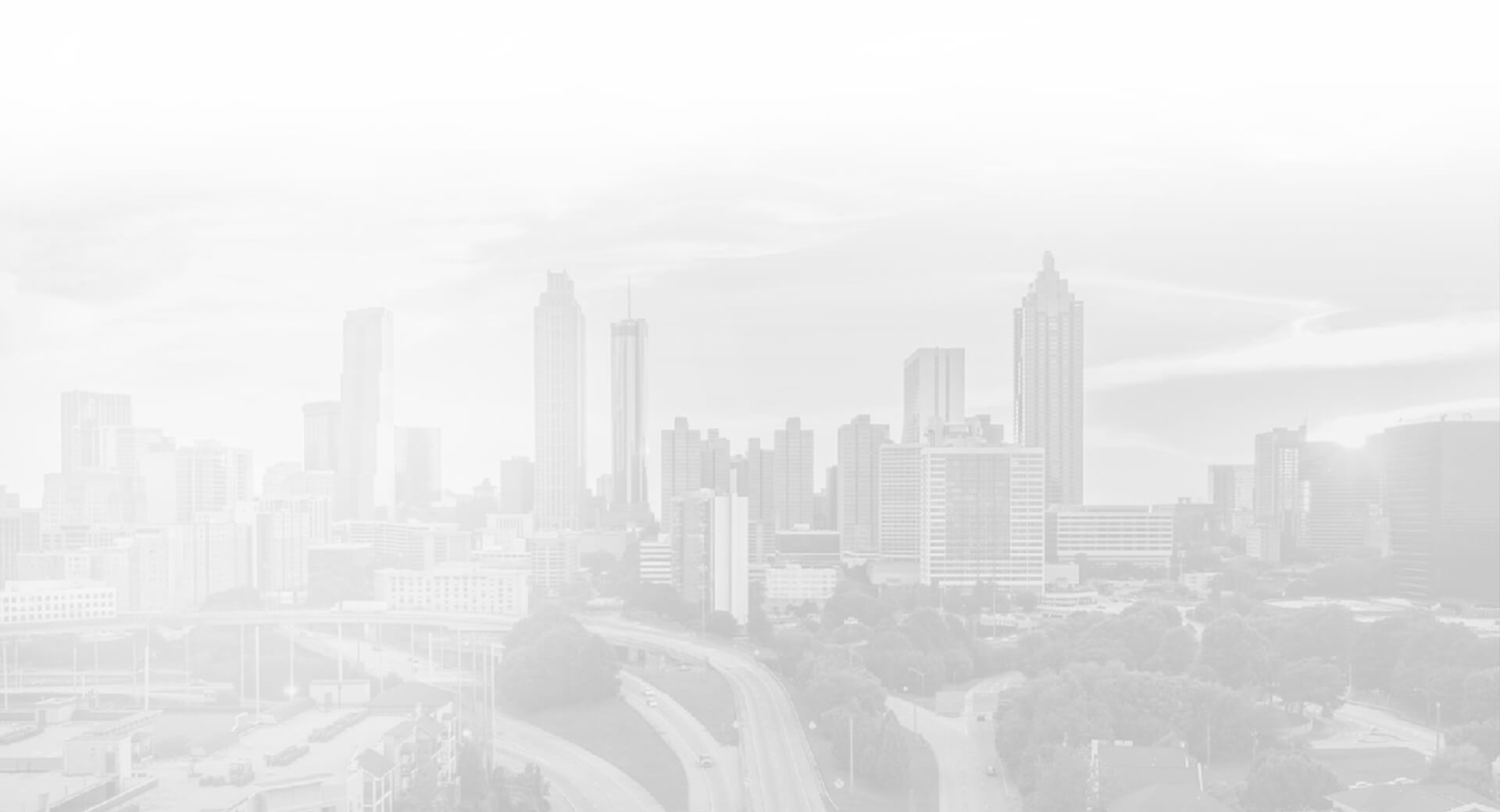How Do Race, Gender, and Identity Affect Sexual Harassment in the Workplace?
Sexual harassment in the workplace is a pervasive issue that affects countless individuals, but the way it manifests and impacts people can vary significantly depending on their race, gender, and identity. These intersections create unique experiences and challenges for victims, often amplifying their vulnerability and the severity of their experiences.
Understanding these dynamics is essential for creating equitable, inclusive workplaces where everyone feels safe and respected. The sexual harassment attorneys at Barrett & Farahany can help victims of sexual harassment in the workplace, especially when other protected characteristics play a part. These protected characteristics explore how race, gender, and identity intersect in workplace harassment and provide insights into how businesses can foster a culture of respect and inclusion.
What Is Intersectionality and Why Does It Matter?
Intersectionality is a framework for understanding how various aspects of a person’s identity — such as race, gender, sexual orientation, and socioeconomic status — interact to create unique experiences of discrimination and privilege. Coined by Kimberlé Crenshaw, the concept highlights that individuals do not experience oppression and privilege in isolation; instead, these forces shape and influence each other.
When it comes to workplace sexual harassment, intersectionality reveals that certain groups are more vulnerable due to the overlapping effects of multiple biases. For instance, a black woman may face both racial and gender-based harassment, creating a compounding and often more traumatic experience than encountering a single form of discrimination.
Understanding intersectionality is vital because it enables businesses to address harassment through a more nuanced and comprehensive lens, rather than adopting one-size-fits-all solutions.
Race and Sexual Harassment in the Workplace
Race, as an aspect of identity, plays a significant role in shaping the experiences of sexual harassment in the workplace. The National Academies reports that women of color encounter a unique interplay between racial and sexual harassment.
Key findings include:
- Verbal Harassment: Women of color are more likely to experience verbal racial harassment compared to white women or men of color.
- Simultaneous Forms of Harassment: For Latina women, the simultaneous experience of racial and sexual harassment amplifies the mental and emotional toll.
- Impact on Mental Health and Job Satisfaction: All women, especially women of color, report increased symptoms of anxiety and depression when subjected to harassment. These experiences often result in lower job satisfaction, feelings of isolation, and, in many cases, withdrawal from their workplace.
Addressing race-based sexual harassment requires businesses to assess and actively address how organizational culture, policies, and practices may perpetuate harm against minority employees.
Gender and the Impact of Workplace Sexual Harassment
Gender remains one of the most significant factors influencing workplace harassment. Women disproportionately experience sexual harassment, often facing more severe repercussions on their well-being and careers compared to men.
Key Gender-Specific Impacts:
- Prevalence Among Women: Research consistently shows that women are three times more likely than men to experience sexual harassment in the workplace. The issue is particularly acute in male-dominated industries such as construction or tech, where women are more likely to face both overt and subtle forms of harassment.
- Power Dynamics: Sexual harassment is often linked to power imbalances, with individuals in positions of authority leveraging their influence over employees in lower ranks.
- Men’s Experiences: While women are more commonly targeted, men are not immune to workplace harassment. Men in female-dominated industries or those perceived as deviating from traditional gender norms are also at significant risk.
- Career and Economic Consequences: Women who experience sexual harassment routinely report reduced job performance, lower job satisfaction, and even career withdrawal, taking a financial toll on victims.
Gender discrimination often overlaps with sexual harassment in the form of microaggressions, biased evaluations, and exclusionary behavior. Tackling these issues requires businesses to go beyond surface-level solutions and tackle systemic biases that allow harassment to persist.
Identity-Based Harassment and Its Impacts
An individual’s gender identity plays a pivotal role in susceptibility to workplace harassment. For LGBTQ+ employees, discrimination and harassment are still widespread, often creating hostile work environments.
Examples of Gender Identity Harassment:
- Misgendering: Intentional or repeated misuse of pronouns or names inconsistent with an individual’s gender identity.
- Denial of Accommodations: Denying access to gender-appropriate facilities, such as restrooms, is a form of systemic harassment.
- Verbal and Physical Harassment: Many LGBTQ+ employees report experiencing verbal, physical, or sexual harassment due to their gender identity or perceived non-conformity.
The Human Rights Campaign notes that over 40% of LGBTQ+ employees have encountered workplace harassment or discrimination. This not only negatively affects their mental health but also compromises their productivity and career progression.
To combat these issues, organizations must actively create inclusive environments that not only value LGBTQ+ employees but also protect them through robust anti-harassment policies.
Building a Workplace for Everyone
The impacts of race, gender, and identity on workplace sexual harassment cannot be overstated. These intersections highlight the need for targeted, intentional efforts to address and prevent harassment in all its forms. Promoting workplace equality and creating inclusive spaces is not just ethical—it’s essential for fostering productivity, creativity, and employee satisfaction. Contact us today for help fighting against sexual harassment and discrimination in the workplace.


